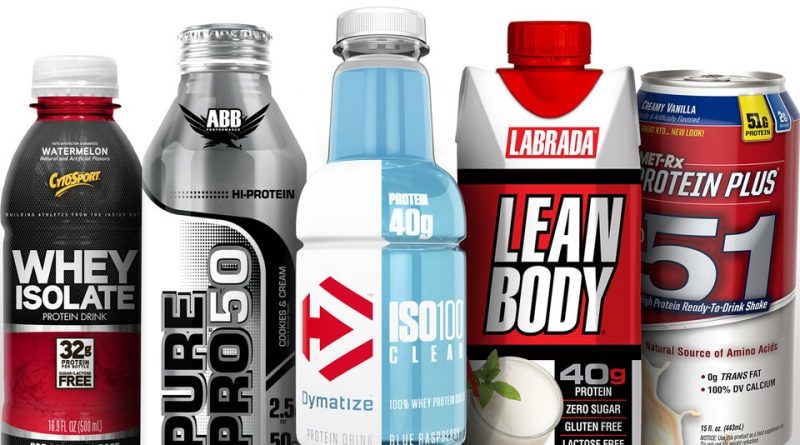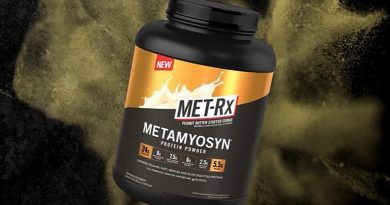Ready-to-Drink Convenience is Now More Important than Price
It’s interesting to watch trends shift over the years. I remember back when I worked for MET-Rx that our ready-to-drink game was one of the strongest out there. When you looked in a cooler of your gym or supplement store, the only other brand taking up any real estate in the cooler was ABB.
As my time with MET-Rx came to an end, and I started my own company, the brand was discontinuing just about every single ready-to-drink product they had except for only a few – such as the RTD51 protein shake, NOS Pumped, and a couple of others.
Times Change… The Ready-to-Drink Market Changes
Back in the early 2000s through about 2013, MET-Rx was focusing heavily on ready-to-drink beverages, was placing coolers across the nation, and putting drinks in the hands of the consumers. They even sold off their Worldwide Nutrition brand to put the entire portfolio of ready-to-drink beverages under the MET-Rx label.
Now, here’s something many may know, but might not realize if you’re not in the business of selling ready-to-drink beverages – it is EXTREMELY expensive to ship drinks due to the weight. Many brands have this grand idea of launching a drink line until they wrap their arms around just how expensive it is to ship and they realize that the cost of shipping becomes too expensive for the consumer or for the brand if they ship it on their dime. If a brand is eating the shipping, its margins shrivel up to almost nothing.
After some shifts in the market changed around 2013, brands started cutting back on their drink offerings. Both MET-Rx and ABB (a division of Glanbia who also owns Optimum Nutrition, BSN, Isopure, Think Thin, and SlimFast) started reducing their offerings – MET-Rx being the brand cutting back the most.
At the time, people were more conscious of their money and when the economy started to fail and people were holding onto their money, the sales for ready-to-drink beverages declined. More and more people were looking for supplements that were easier on their wallet which pointed them back to powders. Protein powder sales were increasing as were pre-workouts since many people were switching over from their favorite ready-to-drink to something a little more economically friendly. That’s not to say that protein powders and pre-workouts weren’t selling well before this shift.





